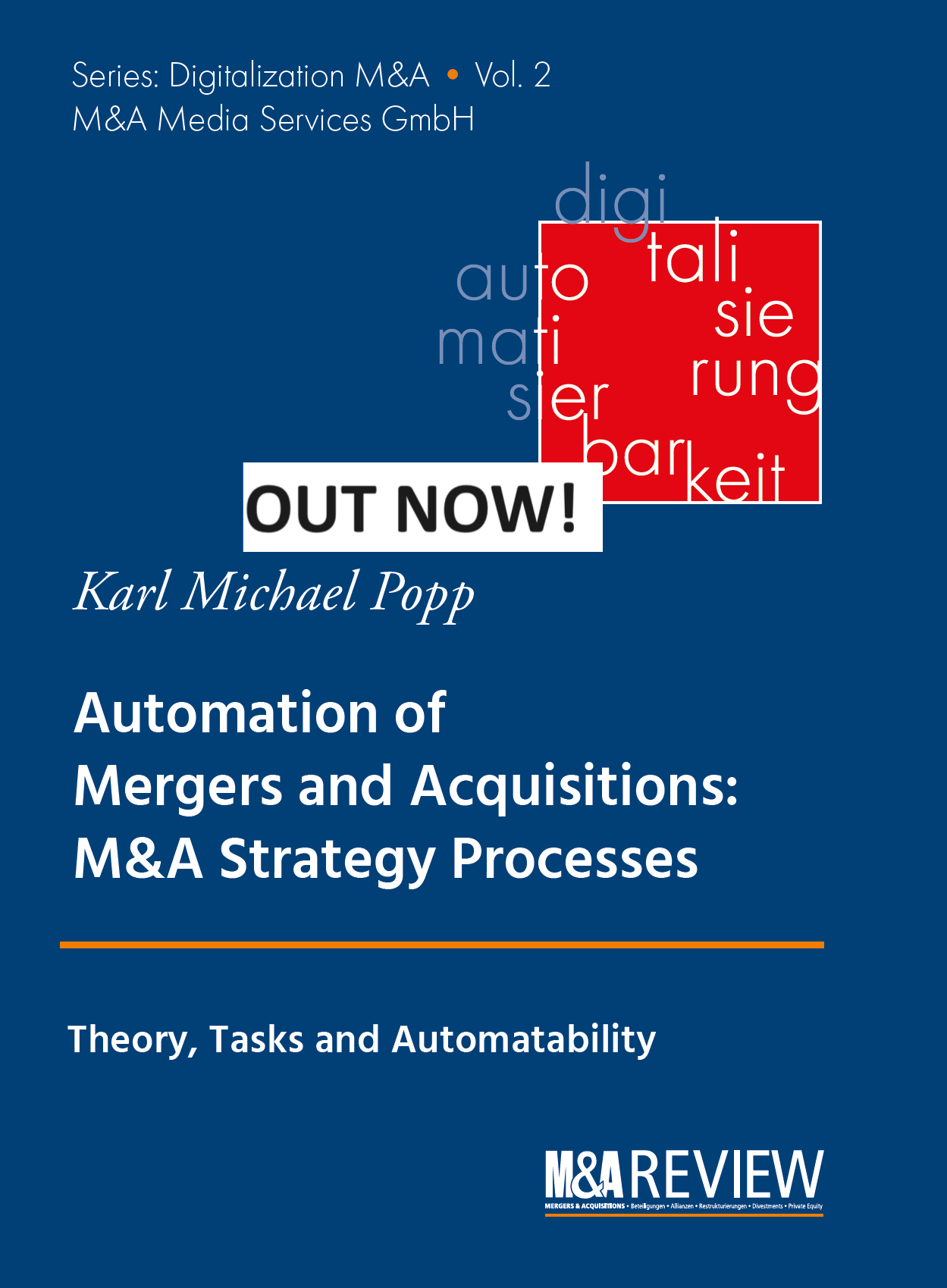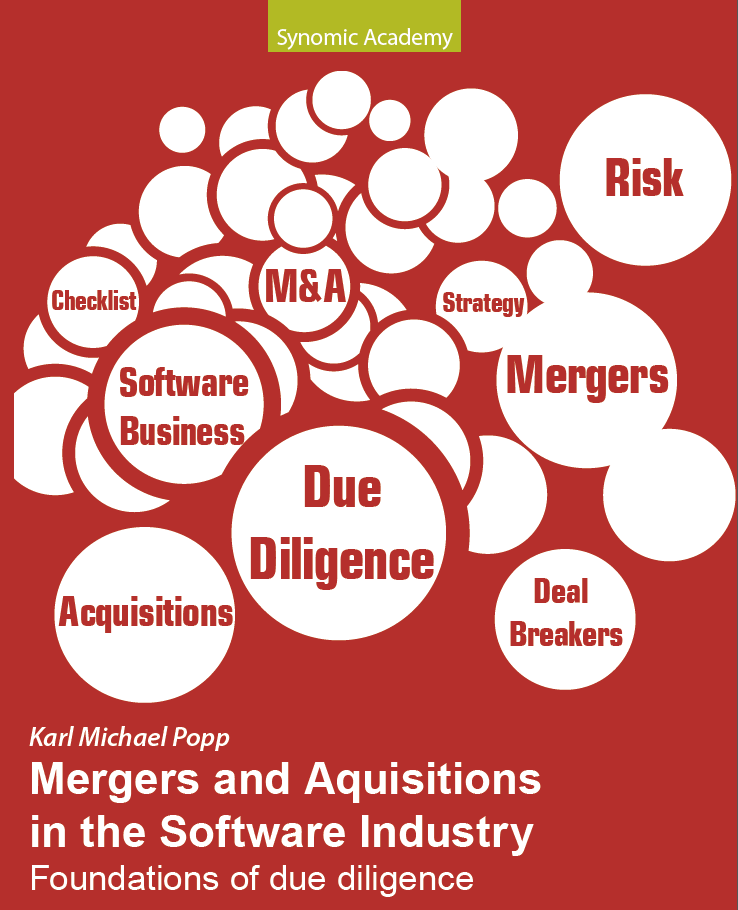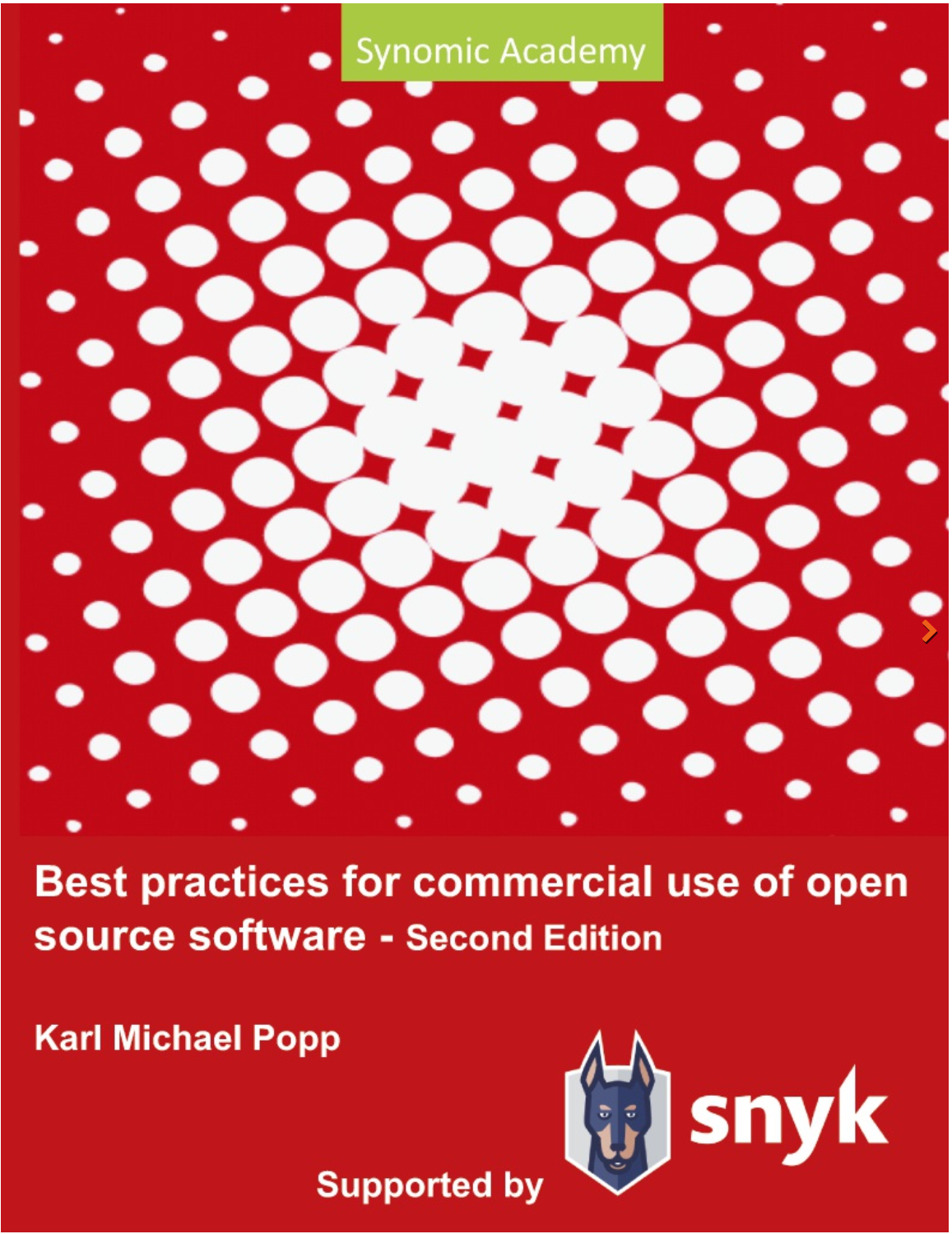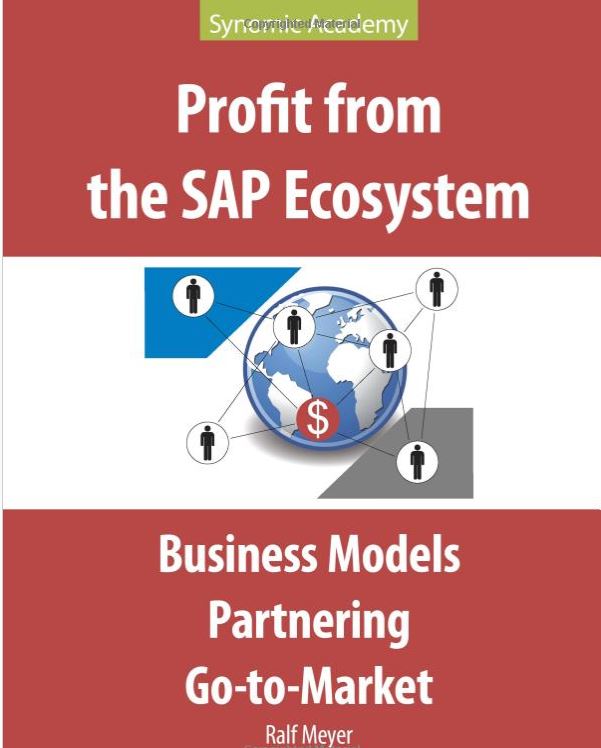Finding M&A Targets Using Multi-Tier Supply Chain Analytics
This blog is in the Top 25 M&A blogs worldwide according to Feedspot
Multi-tier supply chain analytics can offer significant insights for identifying potential targets in mergers and acquisitions (M&A). Here's a blog post that delves into how these analytics help drive strategic decisions in the M&A landscape.
Understanding Multi-Tier Supply Chain Analytics
Multi-tier supply chain analytics involve examining data across various levels of the supply chain, from raw material suppliers to final product delivery. By understanding these tiers, businesses can gain comprehensive insights into potential inefficiencies, opportunities, and strategic advantages present within the supply chain.
The Role of Analytics in M&A
1. Identifying Hidden Opportunities
Multi-tier analytics allow companies to discover underutilized suppliers or markets that may not be immediately apparent. This insight can reveal acquisition targets that provide strategic supply chain advantages, such as cost reduction or enhanced production capabilities.
2. Risk Assessment
By analyzing data from all supply chain levels, companies can better assess risks related to supplier reliability, geopolitical factors, and potential disruptions. This helps in evaluating the stability and resilience of potential acquisition targets.
3. Performance Benchmarking
Companies can compare the performance of potential targets against industry benchmarks and best practices. Multi-tier analytics provide key performance indicators (KPIs) such as lead times, demand variability, and cost structures.
4. Enhancing Due Diligence
Multi-tier supply chain analytics improve the due diligence process by offering deeper insights into the operational health of a company. This includes compliance with regulations, financial health, and operational efficiencies throughout the supply chain.
Steps to Evaluate Targets Using Supply Chain Analytics
1. Data Gathering
Collect data from various points within the supply chain, including suppliers, logistics providers, and internal operations metrics.
2. Advanced Analytical Techniques
Utilize AI and machine learning tools to process and analyze large datasets. Techniques such as network analysis, scenario planning, and predictive modeling can yield valuable foresight.
3. Visualization Tools
Deploy visualization tools to map out the supply chain and identify areas ripe for improvement or potential acquisition.
4. Scenario Analysis
Conduct hypothetical scenarios to understand how different market or supply chain changes might impact potential targets.
Conclusion
Employing multi-tier supply chain analytics in M&A can uncover actionable insights that lead to smarter, more strategic acquisition decisions. By leveraging these techniques, companies are better positioned to identify and evaluate targets that will enhance their supply chain strength and overall market position.
Strategically using multi-tier supply chain analytics in selecting M&A targets not only provides clarity and foresight but also aligns acquisition decisions with long-term corporate objectives and market dynamics.
Are you interested? sign up below and we will get back to you.
This text relates to my new book “Automation of Mergers and Acquisitions“.









